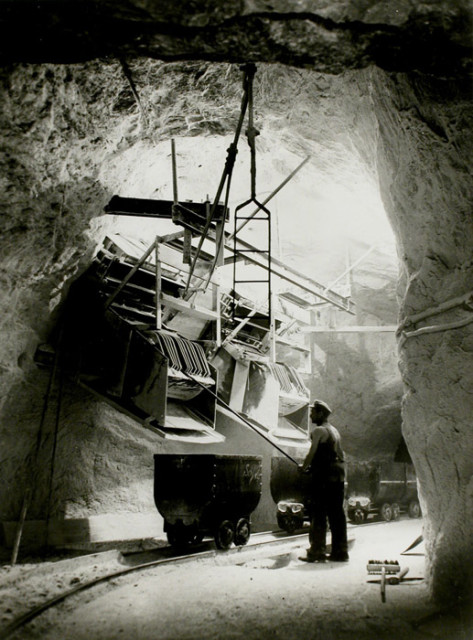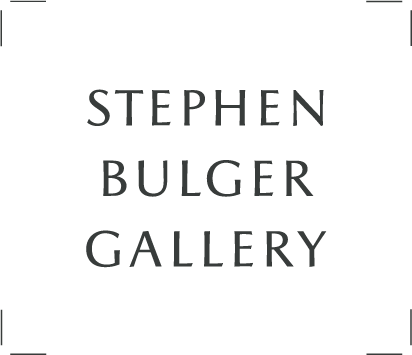(b. 1925, Hartha Germany; d. 1998)
Fritz Spiess was born in Hartha, Germany on February 2nd, 1925, into a family of photographers - his grandfather, father and elder brother were all photographers. His parents owned a photography store in Hartha. but Fritz always wanted to become a cinematographer. When he was sixteen years old, he made his first film - a black and white silent documentary titled “A Day in The Life of a Thomaner Choirboy”.
After he completed high school in 1943, he was drafted into the army and trained to be an artillery officer. In 1944 his regiment was stationed in Hungary. The Russian army had not advanced as fast as it had been anticipated and feared. So, Fritz had time to document the daily routine in this artillery regiment. He was granted leave to go home to Hartha and develop the pictures. His superiors were happy to have such a good record of their activities.
After the chaotic end of the war in May 1945 Fritz went home to Hartha which was now part of the Russian occupied zone of Germany. After three months of working at the photo store, Fritz fled the Russian zone to the British zone, where he hoped to apprentice with a former employee of his father. Fritz worked at this photographer’s store, where he met a lot of Canadian soldiers. Unfortunately, the photographer was not a licenced “Meister” (master photographer) and therefore was not allowed to train apprentices.
Fritz then went to Heidelberg, which was in the American zone, because he had heard that the famous German portrait photographer, Tita Binz, had relocated to Heidelberg, after being bombed out in Berlin. Fritz managed to become one of her apprentices. Instead of the customary three-year apprenticeship time Fritz absolved his “Gesellenprufung” (journeyman exam) in only 1 ½ years. This allowed him to apply to the famous “Fotoschule” (Photoschool) in Munich where he was accepted. During his time in Munich Fritz also photographed the first French fashion show held by a major French Fashion house (Lanvin) in Munich. He called the portfolio “From Paris to Munich”. It was acquired by the Art Gallery of Ontario and exhibited there in the spring of 2012.
He opened his own studio in 1948 in Heidelberg. To attract attention, Fritz photographed a big Riding Festival (Reiterfest) and competition. He managed to sell his pictures in special albums to some of the board members of the Riding Association. Through these connections Fritz got a lot of jobs photographing the rebuilt factories in the industrial district of neighbouring Mannheim.
In the fall of 1951, Fritz emigrated to Canada and was hired right away by "Panda Photography" owned by Hugh Robertson, Lockwood Haight and Paul Rocket, where Fritz worked for three years taking mostly architecture pictures. During the latter part of his stay at Panda he was asked whether he would be interested to shoot a short film about children afflicted with Cerebral Palsy. He eagerly volunteered his time and produced a twenty-minute film (colour) with sound, called “Don't hurry past”. A few weeks after the film was finished, he received a call from S.W. Caldwell who had just started a commercial film studio on Jarvis Street across from the CBC, he needed a cameraman. The people who had developed the film had recommended Fritz for the position, and he got the job.
During his career as a cinematographer, he shot approximately 3000 commercials. Whilst also making a series of films about the “Fables of Lafontaine” in the late 50’s. In his own time, he made a film about very small Eskimo sculptures together with Prof. Carpenter, which was shown at the Menile Museum in Houston, Texas. In 1965 he was commissioned by Walt Disney to be Director of Photography for the 360-degree Telephone Pavilion to be shown at Expo 67. For the same Expo 67 he also made a film about the “Pulp and Paper Industry”. In the late 70’s he made a film about and with Yousuf Karsh, which unfortunately was never finished and was lost.
Fritz continued doing commercials until he retired in the early 90’s, winning many awards and recognitions. He died in March 1998. His extensive files and films were archived during the next ten years after his death. They were donated to the “Media Commons” Department of the (U of T) Robarts Library. His photographs can be seen at the Stephen Bulger Gallery.

